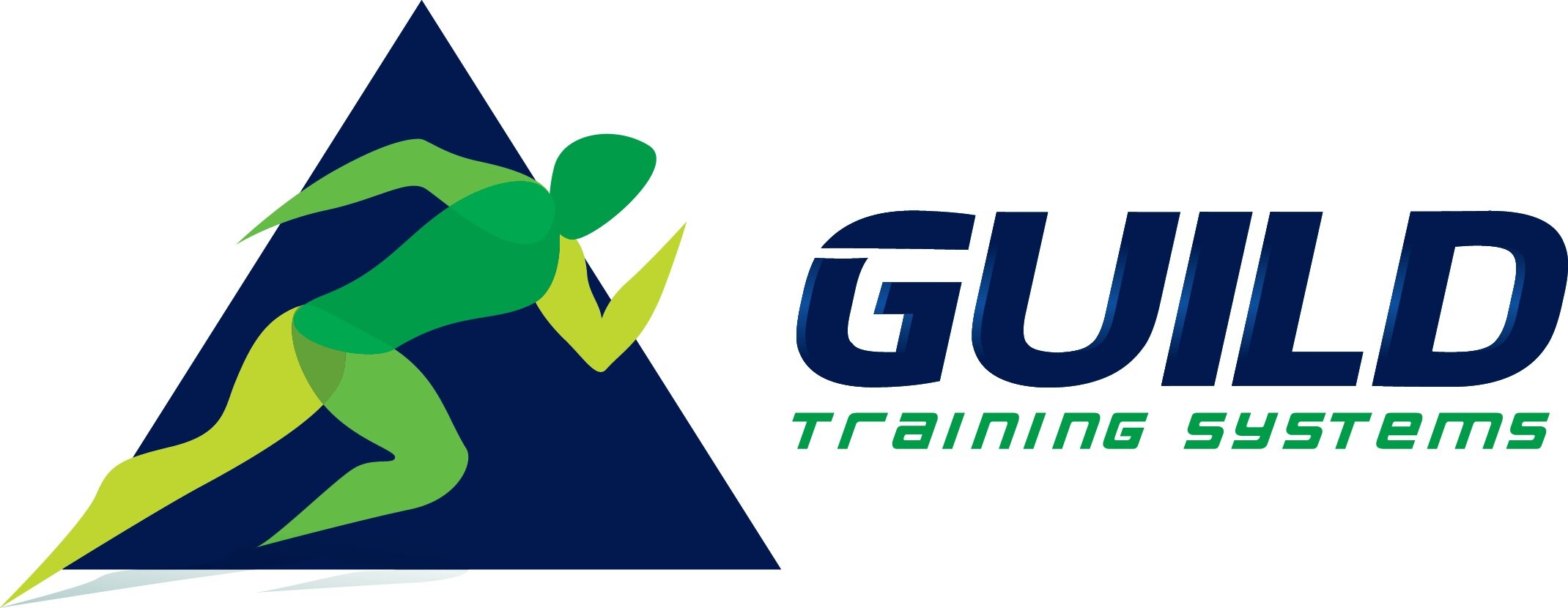Training Decade #1
For the past ten years, I’ve spent time during every week doing some form of training. Lifting weights, running, etc. In strength and conditioning, we call this our training age.
I thought I’d write up a synopsis of the past ten years of training. What I’ve learned, where I’ve screwed up and what people, methods and locations have influenced me the most.
What ensued was a piece of writing that was long, rambling and not meant for the internet. After going through that process, I boiled down my decade of training into six lessons that have held true over the years.
Lesson #1: Training Principles Don’t Change Nearly As Fast As Training Trends
The exercises I do now vs. the exercises that I did when I first started training are strikingly similar. While not the same in difficulty, I still use similar sets and reps, I still squat and lunge and push and pull and I still try to do conditioning of varying lengths and intensities.
It may feel more complex now and more specific to what I need as I understand my body more than I did then, but it’s a lot of the same principles that I learned from my first coaches in strength and conditioning. Thinking about this helps me look at new training trends with a more discerning eye. They’re usually not new ideas, just old ones coming back around.
Lesson #2: Technique Matters More Than Exercise Selection
Even if I am doing similar exercises that I was doing when I started training, I am more cognizant of my technique. Neck position, breathing patterns and where my attention is located are all nuances that I didn’t pay attention to as a young athlete. Instead of finding new exercises, finding new ways to do old exercises has proven more beneficial.
Lesson #3: Speed and Agility is Often-Overlooked
True speed and agility training isn’t common on health club floors or box gyms. Space, environment and program design lead us to gravitate towards slow, methodical lifting exercises.
I have never been naturally fast or explosive, once I started integrating speed and agility into my daily routines, I felt more athletic, healthier and more capable. There’s nothing more disappointing than seeing someone who looks great with their shirt off but can’t run or jump without twisting an ankle.
Lesson #4: What You Can Do and What You Should Do Are Very Different
I used to train to see what I could do. I would try exercises and try to do as many reps or as much weight as I could do. It was an exciting way to train but led to pain and frustration when my erratic plan met the chaotic nature of what happens outside of the gym.
Most workouts should be a 6/10 or 7/10 on the effort scale. Doing 10/10 workouts that challenge us to be our best every day isn’t realistic and leads to constant failure. By training submaximally more often than not, progress is steady and methodical, leading to less pain and more fun outside of the gym.
Lesson #5: Training Environment Counts
My best training experiences came not in the best gyms, but when I was surrounded by the best people and comfortable in my training environment. If those around me were supportive and challenged me to be better, my training improved. The times where I trained alone or in big box gyms where I couldn’t control the training environment were times where I tended to have less training success.
Lesson #6: The Warm Up Is Training Too, Not A Box To Check Off
I used to warm up to train. Now warming up is part of my training routine. Whatever we do for a warm up counts just as much as the sets and reps that we’re chasing after with the heavy weights. By appreciating the importance of the initial time that I start training, my body feels better during those competitive training sets where I’m chasing improvement.
A few ways that my warm up has improved over the years are spending more time on positioning exercises, making sure that my body is ready to get into the positions that I’m going to ask it to get into, along with spending more time with breathing drills. Generally it takes a few minutes at the start of a workout to lock in my breathing before lifting weights.
These are a few lessons that I’ve learned in my first decade of training. I wonder what the next ten years will bring.
